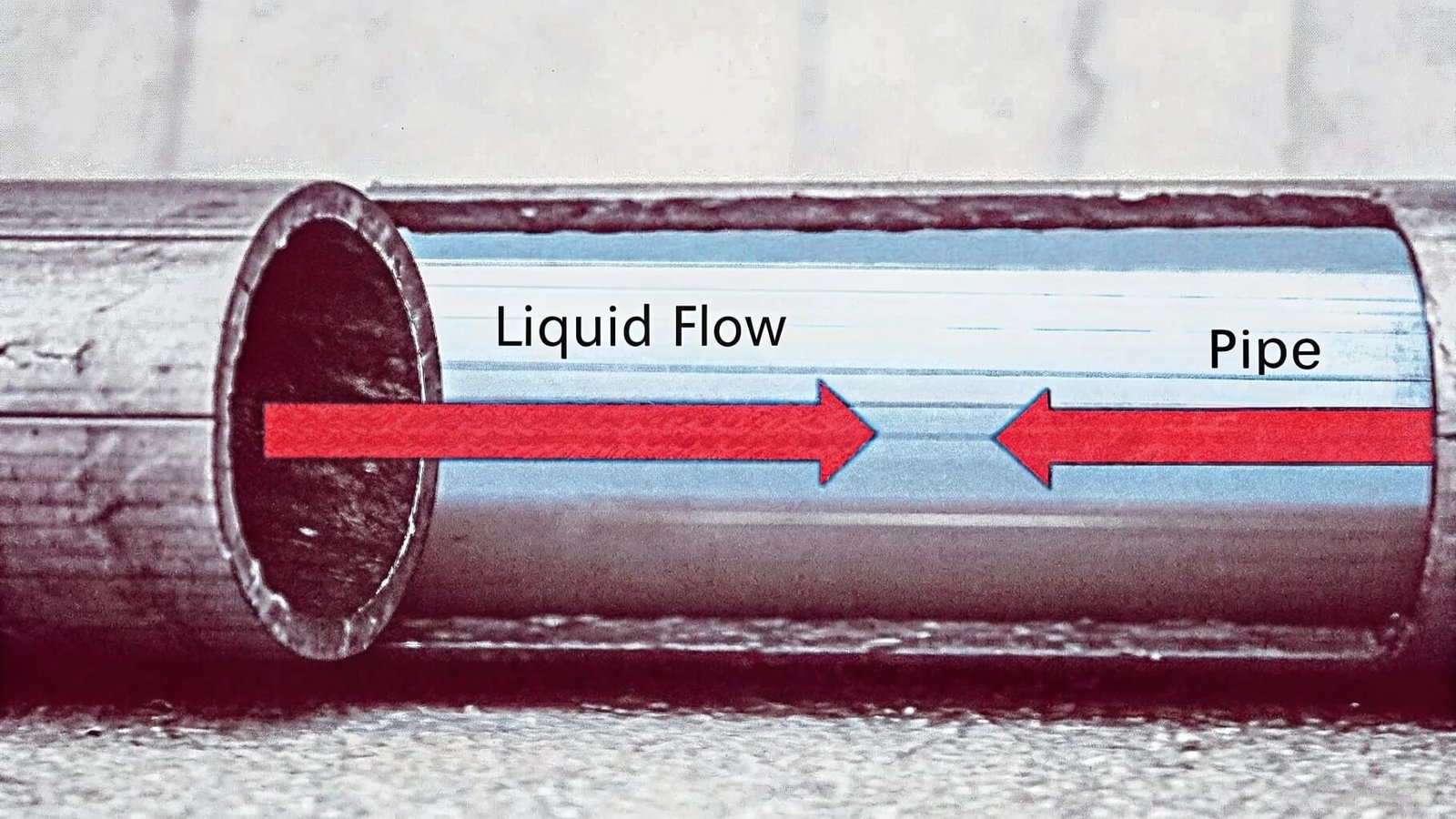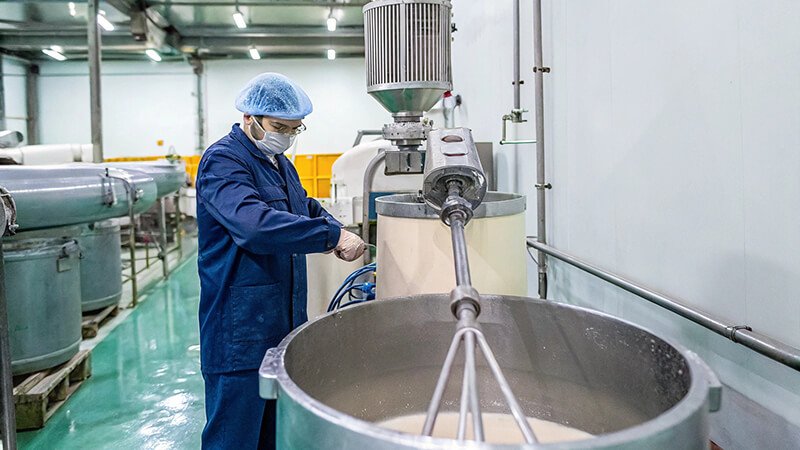Are you facing challenges with fluid flow control in your industrial processes? Viscosity might be the key factor you're overlooking. Understanding its role can transform your operations.
Viscosity is crucial in fluid motion as it determines flow resistance, affects heat transfer, influences mixing efficiency, and impacts energy requirements in industrial processes. It's the key parameter that controls how fluids behave in pipes, machinery, and manufacturing.
In my experience working with various industries at Martests, I've seen how viscosity understanding can make or break a process. Let me share the key aspects that make viscosity so important in fluid motion.
How Does Viscosity Affect Flow Behavior in Pipes?
Are your pipe systems experiencing unexpected pressure drops or inefficient flow? This often leads to wasted energy and production delays. Understanding how viscosity impacts pipe flow is essential for optimal performance.
Viscosity directly influences flow patterns, pressure drop, and pumping requirements in pipe systems. Higher viscosity fluids demand more energy to pump and typically exhibit laminar flow, whereas lower viscosity fluids often result in turbulent flow, impacting system design.

Flow Characteristics
- Flow Dynamics
- Internal friction forces
- Shear stress resistance
- Laminar vs. turbulent flow
- Pressure Drop Implications
- Energy losses in pipes
- System efficiency impacts
- Pumping capacity needs
- Pumping Energy
- Required pump power
- Operational cost factors
- Equipment selection
Through my work with countless industrial clients, I've observed how viscosity impacts pipe flow dynamics. When fluid moves through a pipe, viscosity creates internal friction both within the fluid and against the pipe walls. This friction directly determines whether the flow will be laminar or turbulent. High-viscosity fluids typically produce laminar flow, where fluid layers slide smoothly past each other with minimal mixing. This leads to higher resistance and greater pressure drops across the pipeline. In contrast, lower viscosity fluids often result in turbulent flow, characterized by chaotic, random fluid motion and significant mixing. The energy required to pump a fluid through a pipe is directly proportional to its viscosity. For example, pumping honey through a pipe requires much more energy than pumping water. This relationship means that the choice of proper pipe diameter, pump specifications, and overall system design all depend heavily on understanding these viscosity effects. I remember working with a chemical plant where they were using oversized pumps because they didn't account for viscosity changes in their process fluid. After proper viscosity analysis and system adjustments using our viscometers, they reduced their energy consumption by 30%.
| Viscosity Level | Flow Pattern (Typical) | Energy Requirement (Pumping) | Pressure Drop |
|---|---|---|---|
| Low | Turbulent | Low | Low |
| High | Laminar | High | High |
What Role Does Viscosity Play in Heat Transfer?
Are your heating or cooling processes inefficient, consuming too much energy? Poor heat transfer can slow down production and increase costs. Discover how fluid viscosity directly impacts thermal exchange efficiency.
Viscosity significantly affects heat transfer rates by influencing boundary layer thickness and fluid mixing. Higher viscosity typically creates thicker boundary layers and less effective mixing, thereby reducing heat transfer efficiency, while lower viscosity generally improves it.
Heat Transfer Factors
- Boundary Layer Formation
- Insulating film thickness
- Thermal resistance creation
- Heat transfer impediment
- Convective Heat Transfer
- Fluid movement reduction
- Mixing effectiveness decrease
- Heat distribution impact
- Equipment Design Considerations
- Heat exchanger sizing
- Surface area requirements
- Flow channel design
From my experience in industrial applications, viscosity's impact on heat transfer is often underestimated. The boundary layer, a thin fluid film that forms near heat transfer surfaces, becomes thicker with higher viscosity fluids. This increased thickness acts as an insulating layer, significantly reducing the rate at which heat can transfer across it. In both natural and forced convection systems, higher viscosity impedes fluid movement and mixing. This means that heat is not carried away from hot surfaces or brought to cold surfaces as effectively. For instance, a thick, viscous oil will transfer heat much slower than a thin, watery liquid under similar conditions. This has direct implications for the design and operation of heat exchangers, radiators, and cooling systems. More viscous fluids often require larger heat exchange surfaces or more aggressive agitation to achieve the same heat transfer rates as less viscous fluids. I've worked with food processing plants where understanding this relationship led to significant improvements in their heating and cooling processes. They adjusted their operating temperatures to optimize viscosity for better heat transfer, resulting in faster processing times and energy savings.
| Viscosity Level | Boundary Layer Thickness | Mixing Efficiency | Heat Transfer Rate |
|---|---|---|---|
| Low | Thin | High | High |
| High | Thick | Low | Low |
What Impact Does Viscosity Have on Mixing Operations?
Are your mixing processes failing to achieve consistent product quality or taking too long? Inefficient mixing wastes raw materials and production time. The key often lies in understanding the profound effect of viscosity on stirring and blending.
Viscosity dictates mixing time, power requirements, and the appropriate equipment selection for blending processes. It profoundly affects vortex formation, particle suspension, and overall mixing efficiency, making it a critical factor in product uniformity and process design.

Mixing Considerations
- Power Consumption
- Motor sizing needs
- Energy cost implications
- Operational efficiency
- Impeller Design
- Blade shape selection
- Rotation speed settings
- Shear force generation
- Product Uniformity
- Homogeneity achievement
- Particle dispersion
- Quality control metrics
Based on my work with mixing operations, viscosity is a critical factor in achieving successful results. Higher viscosity fluids present greater resistance to impeller movement, demanding significantly more power from the mixing motor. This directly impacts operational costs. Furthermore, viscosity affects the flow patterns created by the impeller within the tank. For example, forming a deep vortex, which is crucial for pulling material from the surface down into the impeller for effective mixing, becomes much harder in highly viscous fluids. This can lead to zones of unmixed material. The ability to suspend solid particles evenly throughout a fluid also decreases as viscosity increases, making it challenging to achieve uniform dispersion. Therefore, the type and design of the impeller must be carefully selected based on the fluid's viscosity range. Some impellers are specifically designed to handle high-viscosity fluids by generating high shear rates or promoting bulk flow. I helped a paint manufacturer who was struggling with inconsistent product quality. By analyzing their fluid's viscosity behavior and adjusting their mixing parameters, including impeller type and speed, they achieved better uniformity and reduced mixing times by 25%.
| Viscosity Level | Power Requirement | Impeller Type (Typical) | Mixing Time |
|---|---|---|---|
| Low | Low | Propeller/Turbine | Short |
| High | High | Anchor/Helical | Long |
Conclusion
Understanding viscosity's role in fluid motion is essential for optimizing industrial processes, from pipe flow and heat transfer to efficient mixing. Proper viscosity management leads to improved efficiency, reduced costs, and better product quality across various industries.


